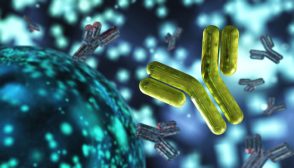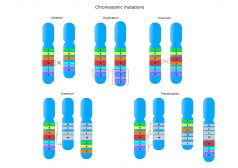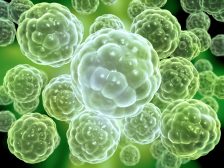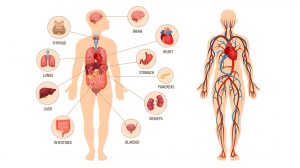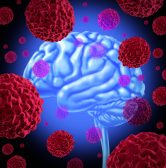Definition
noun
(plant taxonomy) The largest subfamily of the cactus family comprised of the tribes: Browningieae, Cacteae, Calymmantheae, Cereeae, Hylocereeae, Notocacteae, Pachycereeae, Rhipsalideae, and Trichocereeae
Supplement
The cactus family, Cactaceae, is comprised of thousands of species characterized by having thick, fleshy stems. They are often found thriving in hot, arid habitats. They are able to survive in these places due to their morphological and physiological adaptations in conserving water. The family Cactaceae includes the following subfamilies: Cactoideae, Maihuenioideae, Opuntioideae, and Pereskioideae.
Cactoidea is the largest subfamily of the Cactaceae. Members of this subfamily have differing habit. Some of them are tree-like; others are epiphytic. Others still are shrubby, caespitose, or climbing. They normally have no leaves. Most of them have a stem that is ribbed or tuberculate but not segmented. Their growth range also varies, i.e. from 1 cm to 20 m in height. Glochids are also absent. Spines are typically present. Their flowers are sessile and may range from 1 to 30 cm in diameter. The flower colours vary, i.e. white, yellow, orange, purple, red, pink, brown, but no blue. Their fruits are often similar to berries.
This subfamily is comprised of nine tribes: (1) Browningieae, (2) Cacteae, (3) Calymmantheae, (4) Cereeae, (5) Hylocereeae, (6) Notocacteae, (7) Pachycereeae, (8) Rhipsalideae, and (9) Trichocereeae
Scientific classification:
- Kingdom: Plantae
- Order: Caryophyllales
- Family: Cactaceae
- Subfamily: Cactoideae
See also:

